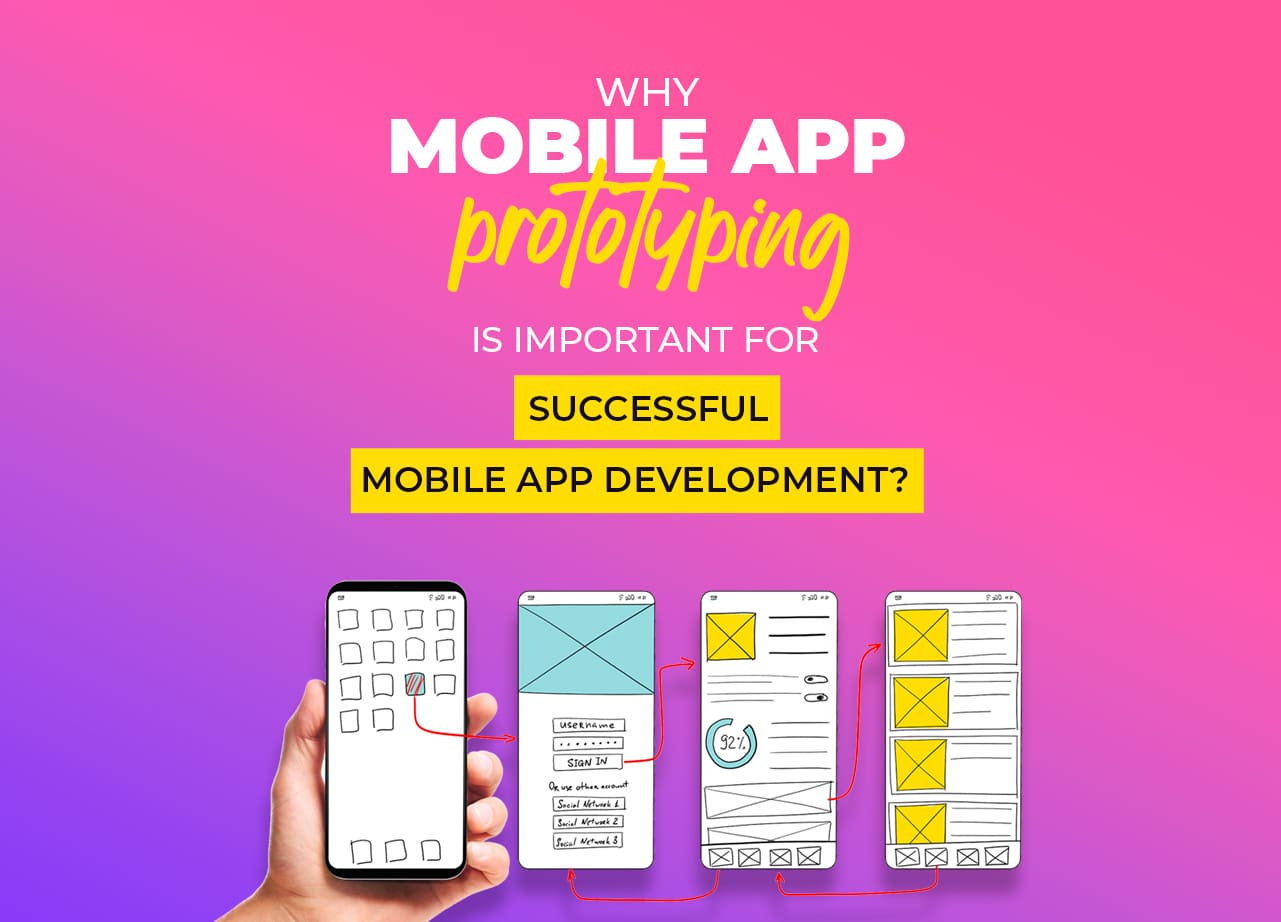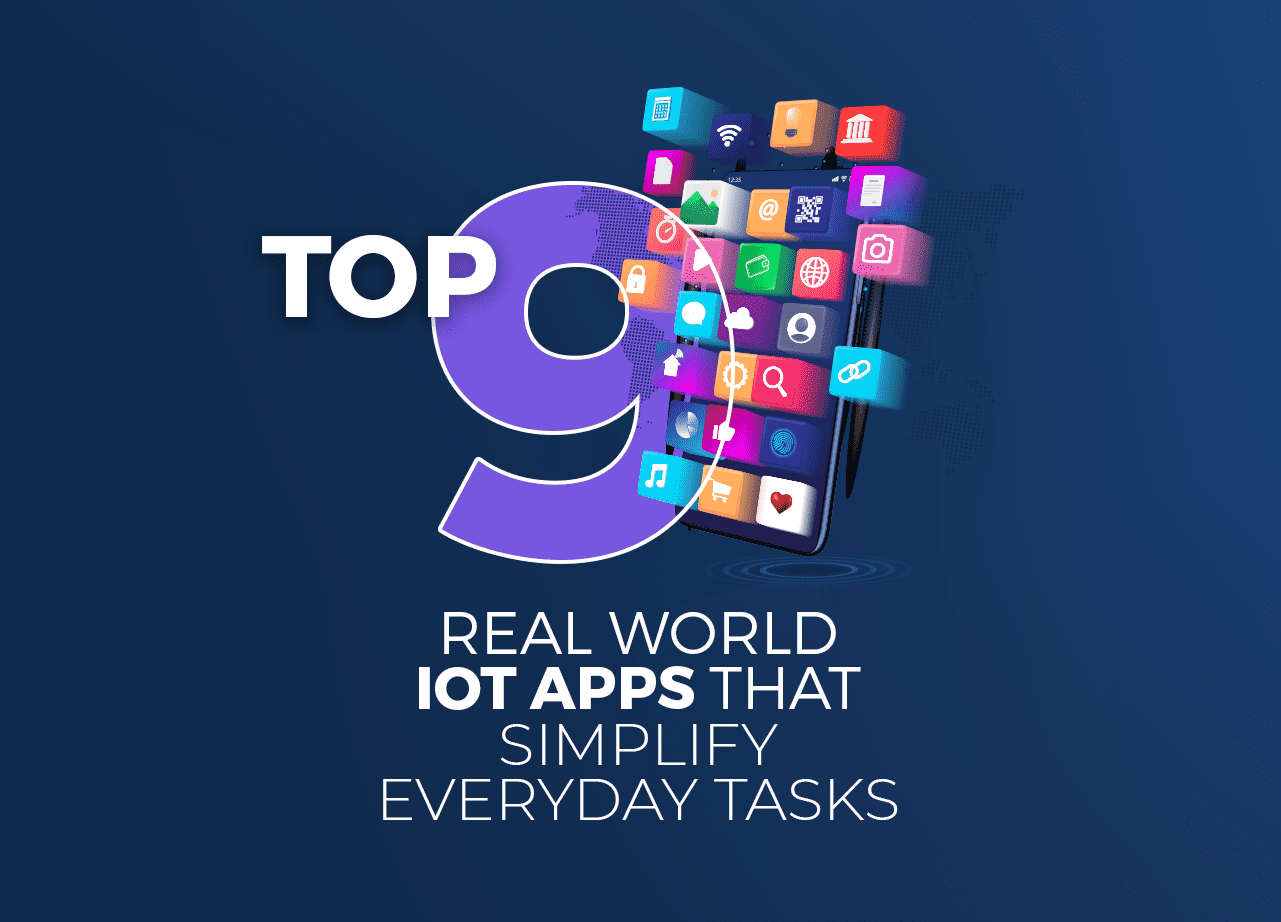Picture this: You’re standing on a bustling street corner, surrounded by people. Everyone around you has their eyes glued to their mobile devices, scrolling and tapping away. You can see it in their faces – they’re engaged, connected, and completely immersed in the digital world. And if you’re a business owner, that’s exactly where you want to be.
In 2023, mobile app development is essential because it’s the key to unlocking the full potential of your business. The demand for mobile apps has been driven by the increasing adoption of smartphones and other mobile devices, as well as the growing popularity of mobile commerce and other mobile-based services. In addition, the COVID-19 pandemic has accelerated the shift towards digitalization and remote work, leading to a surge in demand for mobile apps that support these trends.
Mobile development involves creating software applications that are designed to run on mobile devices, such as smartphones and tablets.
Hire Mobile App Developers With Proven Expertise In Building Successful Apps
Key technologies required for mobile app development:

Programming Languages: Developers must have a strong understanding of programming languages such as Java, Kotlin, Swift, and Objective-C.
Integrated Development Environment (IDE): An IDE is a piece of software that offers complete tools for software development to computer programmers. Xcode, Visual Studio, and Android Studio are a few examples.
User Interface (UI) Design: Developers must have a good understanding of UI design principles and tools such as Sketch, Adobe XD, and Figma.
Application Programming Interface (API): An API is a collection of tools and protocols used in the development of software programs. It makes it possible for various software programs to communicate with one another. Examples include GraphQL and REST.
Cross-Platform Development Tools: These tools allow developers to build on-demand apps that can run on multiple platforms such as iOS and Android. React Native, Flutter, and Xamarin are a few examples.
Cloud-Based Services: Mobile apps often require cloud-based services for data storage, authentication, and notifications. Examples include Firebase, Amazon Web Services (AWS), and Microsoft Azure.
Mobile App Analytics: Developers use analytics tools to track app usage, user engagement, and other metrics. Examples include Google Analytics and Flurry Analytics.
Mobile Security: Developers must be aware of mobile app security risks and implement measures to protect user data. Examples include SSL encryption, data encryption, and two-factor authentication.
Identifying the right technology stack for mobile app development is crucial for several reasons, including
Performance and user experience: Choosing the right technology stack helps to ensure that your mobile app runs smoothly and provides an excellent user experience. The right technology stack should be able to handle the app’s requirements efficiently, such as processing power, memory, and network connectivity.
Scalability: As your app grows, you need a technology stack that can scale with it. Choosing the right technology stack can help you avoid scalability issues as you add more features and users.
Security: Mobile apps can be vulnerable to security breaches, and the right technology stack can help you implement security features that protect your app and its users.
Maintenance and development costs: Selecting the right technology stack can help you keep your app’s maintenance and development costs under control. Some technology stacks are easier and cheaper to maintain and develop than others, depending on the complexity of the app.
But how to identify the right technology stack for your mobile app?
Define your app’s requirements: Before choosing a technology stack, you need to understand your app’s requirements, such as its features, expected user base, and target platforms.
Research available technology stacks: Research the technology stacks available for mobile app development and compare them based on their suitability for your app’s requirements.
Evaluate the pros and cons: Evaluate the pros and cons of each technology stack based on factors such as performance, scalability, security, and development costs.
Consider your team’s skills: Consider your team’s skills and expertise when choosing a technology stack. If your team is experienced in a particular technology stack, it may be easier and faster to develop your app using that stack.
Test and validate: Test and validate the technology stack by building a prototype or a minimum viable product (MVP) to ensure that it meets your app’s requirements.
Framework Frenzy: How to Choose the Perfect Platform for Your Mobile App
Define your project requirements: Before choosing a framework, you should have a clear understanding of your project requirements, such as the type of app you want to develop, the target platform, and the app’s functionality.
Consider the platform: Decide whether you want to develop a native app, a hybrid app, or a web app. Native apps are built for a specific platform, such as iOS or Android, and provide the best user experience. Hybrid apps are built using web technologies and are wrapped in a native container, making them easier to develop but less performant. Web apps run on the web and are accessible from any device with a web browser.
Evaluate the framework’s features: Once you have defined your project requirements and platform, evaluate the features of each framework you are considering. Look for features that meet your project requirements, such as support for push notifications, offline data storage, or integrations with third-party services.
Consider the learning curve: Evaluate the learning curve of each framework. Some frameworks may require more time and effort to learn, while others may be more straightforward. Consider your team’s skillset and their ability to learn new technologies.
Look at community support: Evaluate the community support for each framework. Look for active communities, online resources, and documentation that can help you get started and troubleshoot issues.
Consider the cost: Evaluate the cost of each framework. Some frameworks may be free, while others may require a licensing fee or subscription. Consider your budget and the long-term cost of using the framework.
Well Well,
Let us do the heavy lifting
Whether you’re launching your first business or working on a software-driven project, we understand why a mobile app or responsive web app is essential to your goals. Since 2005, we have used our expertise to assist other business owners in applying effective startup techniques to their own digital goods.
With a group of expert designers and developers, we have a track record of producing high-quality iOS apps that are tailored to the particular requirements of organizations.
From design and development to maintenance and support, Communication Crafts offers the complete range of services needed for app development. We work closely with customers to fully understand their business goals and to develop solutions that are customized to meet their needs.
 Blog Communication Crafts
Blog Communication Crafts






